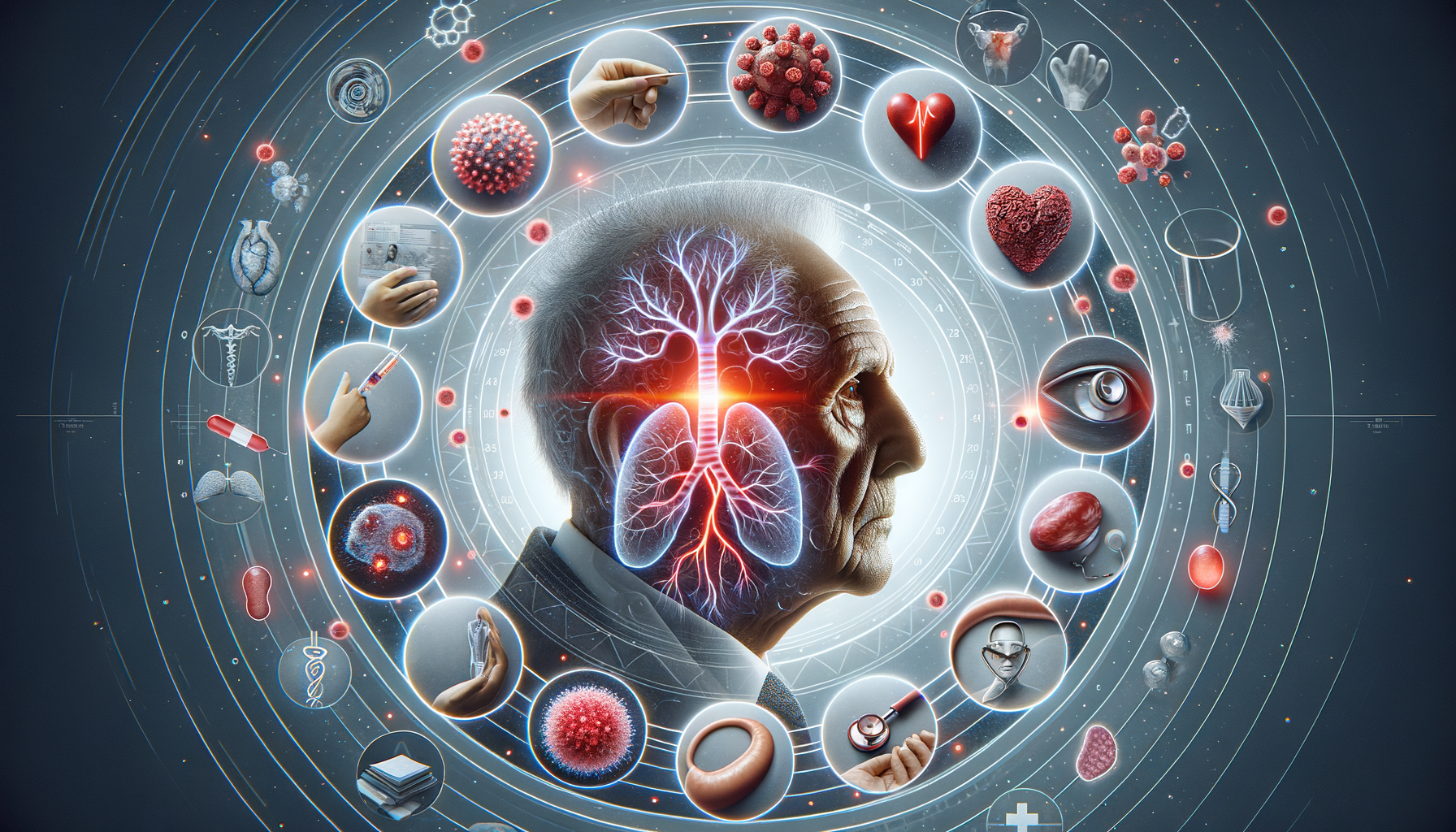Understanding Amyloidosis: An Overview
Amyloidosis is a rare and complex condition characterized by the abnormal deposition of amyloid proteins in various tissues and organs. These proteins can accumulate and interfere with normal organ function, leading to a range of symptoms and complications. Although it is an uncommon disease, the impact of amyloidosis on a patient’s life can be profound, making early diagnosis and management essential.
The condition can be classified into different types, each associated with various proteins and underlying causes. The most common forms include AL (light chain) amyloidosis, AA (secondary) amyloidosis, and hereditary amyloidosis. Each type has its own set of challenges and treatment approaches, emphasizing the need for tailored care strategies.
Amyloidosis can affect multiple organs, including the heart, kidneys, liver, and nervous system. The symptoms and severity depend on the specific organs involved and the extent of amyloid deposition. Understanding the nuances of this condition is crucial for healthcare providers and patients alike, as it can guide effective treatment plans and improve outcomes.
Recognizing the Symptoms of Amyloidosis
The symptoms of amyloidosis can vary widely, making it a challenging condition to diagnose. Common symptoms include fatigue, swelling in the legs and ankles, unexplained weight loss, and numbness or tingling in the hands and feet. These symptoms are often nonspecific, which can lead to delays in diagnosis and treatment.
In cases where the heart is affected, patients may experience shortness of breath, irregular heartbeats, and chest pain. Kidney involvement can lead to proteinuria (excessive protein in urine) and renal failure. Liver involvement may result in an enlarged liver and elevated liver enzymes.
To aid in the recognition of symptoms, healthcare professionals often rely on a detailed medical history and physical examination. Understanding the common presentations of amyloidosis can help in identifying potential cases and prompt further investigation.
The Diagnosis Process: Identifying Amyloidosis
Diagnosing amyloidosis requires a combination of clinical evaluation, laboratory tests, and specialized imaging techniques. The process often begins with blood and urine tests to detect the presence of abnormal proteins. These initial tests can provide valuable clues and guide further diagnostic steps.
Biopsy remains a definitive method for diagnosing amyloidosis, where a small tissue sample is examined for amyloid deposits. This can be done on affected organs or less invasive sites like the abdominal fat pad. Advanced imaging techniques, such as echocardiography and magnetic resonance imaging (MRI), can assess the extent of organ involvement and help differentiate between types of amyloidosis.
Genetic testing may be recommended in cases of hereditary amyloidosis to identify specific mutations. Early and accurate diagnosis is crucial for effective management and can significantly influence treatment decisions and patient outcomes.
Exploring Care Options for Amyloidosis
The management of amyloidosis involves a multidisciplinary approach tailored to the type and severity of the condition. Treatment aims to reduce amyloid production, alleviate symptoms, and improve organ function. In AL amyloidosis, chemotherapy is often used to target the abnormal plasma cells producing amyloid light chains.
For AA amyloidosis, addressing the underlying inflammatory condition is crucial. This may involve medications to control inflammation and prevent further amyloid deposition. Hereditary amyloidosis may require targeted therapies based on the specific genetic mutation.
Supportive care plays a vital role in managing symptoms and improving quality of life. This can include medications to manage heart failure, dialysis for kidney failure, and lifestyle modifications to address fatigue and nutritional needs. Close monitoring and regular follow-ups are essential to assess treatment response and adjust care plans as needed.
Conclusion: Navigating the Challenges of Amyloidosis
Amyloidosis presents unique challenges due to its rarity and diverse manifestations. Awareness and understanding of the condition are crucial for early recognition and effective management. Patients with amyloidosis require comprehensive care that addresses both the physical and emotional aspects of the disease.
Collaboration among healthcare providers, patients, and support networks can enhance the quality of care and improve outcomes. Ongoing research and advancements in treatment options hold promise for better management strategies and improved quality of life for those affected by amyloidosis.
By fostering a deeper understanding of amyloidosis, we can work towards a future where patients receive timely and effective care, minimizing the impact of this challenging condition on their lives.




Leave a Reply